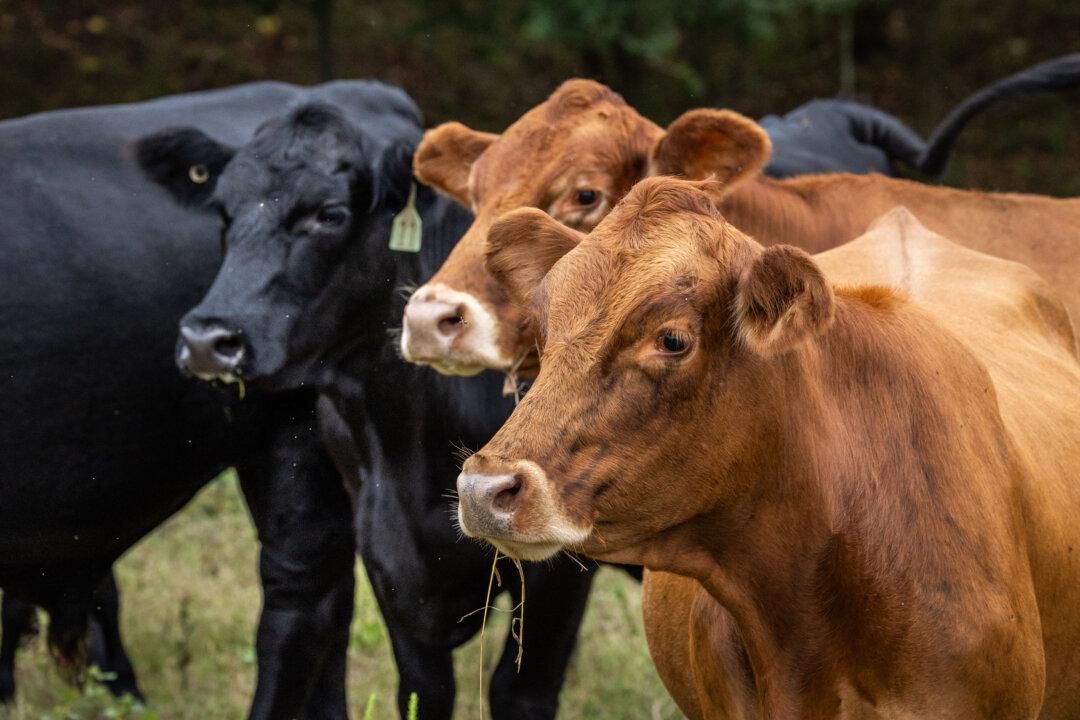Commentary
The Hass avocado had a humble beginning. A California mailman named Rudolph Hass spent his evenings sprouting avocado pits from a local Mexican restaurant and grafting Fuerte cuttings onto the seedlings to sell on the side.
One day, a graft didn’t take. The seedling grew on its own—its own mysterious lineage. His children told him that this “mistake” tasted better than the Fuerte. By the mid-1930s, he had patented the world’s most famous avocado.
But the Hass didn’t rise to fame because it was the richest or most nutrient-dense—it wasn’t. It became the dominant avocado because it was the most durable. Its thick, bumpy skin doesn’t show bruises and hides imperfections. It travels across continents without spoiling, turns a uniform dark brown as it ripens, and is easy to peel. It was the perfect fruit for global trade—not for flavor, but for profit.
Decades later in Michoacán, Mexico, another man—Carlos Méndez Vega—discovered a new tree flowering out of sync with all the others. He called it Loco Hass, later patented as Mendez No. 1. This variety bloomed six months early, extended the growing season, and yielded slightly higher oil content. It didn’t just grow fruit—it expanded possibility. From that one orchard in Uruapan, farmers could now grow avocados nearly year-round.
Today, there are dozens of Hass-like varieties—Lamb Hass, Kona, Gem—all created to stretch the season, travel farther, and fit into global distribution. But if you’re only eating Hass and its relatives, you’re missing a whole world of avocados that come in every shape, size, and texture.
On my farm in California, I grew more than fifty varieties—from the tiny Stewart, a thin-skinned Mexican cultivar so high in oil its skin is almost edible, to the Reed, a thick-skinned, buttery sphere perfect for guacamole, to the Fuerte, strong enough to survive the great freeze of the early 1900s and so rich in antioxidants it doesn’t brown for days. You can make guacamole with a Fuerte and still eat it fresh three days later.
The Pinkerton, discovered in Ventura, peels easily like a Hass but doesn’t ripen evenly—the neck lags behind the pit. The Gem, on the other hand, carries many of Hass’s best traits: thick, easy-to-peel skin, creamy flesh, and great shipping durability. Its trees are small and prolific early on, perfect for high-density planting. Many farmers are now interplanting Gem trees in existing orchards. The only problem? They’re larger than what consumers are used to—and grocery buyers don’t like to break expectations.
Then there are the forgotten ones—the pollinators. Avocado trees need both Type A and Type B varieties to produce a prolific crop, so every orchard includes pollinator trees. But less than 10 percent of those avocados are ever harvested for market.
The Bacon and Zutano are two common examples: thin-skinned, green, alligator-egg-shaped fruits that bruise easily and don’t travel far. Because they aren’t suited for long-distance shipping, they’re often left to fall to the ground.
These “water avocados” deserve more appreciation—they’re mild, fresh, and beautiful when eaten near the farm where they’re grown. They’re also wonderful in smoothies or desserts; in other countries, they’re often blended with milk and sugar, or turned into ice cream. My mother makes an incredible chocolate cream pie with avocados as the base—it’s rich, silky, and no one ever guesses the secret ingredient.
If you ever get a chance to visit a tropical or subtropical environment—or to order a box from a small farm—please try some of these other varieties. Even the leaves of certain Mexican cultivars have culinary stories to tell.
In Oaxaca, black beans are seasoned with dried avocado leaves, giving them a subtle nutty flavor. I believe the American tradition of putting a bay leaf in beans came from settlers trying to replicate that flavor once avocado leaves weren’t available.
Every commercially grown fruit tree—avocado, citrus, apple—is grafted. The rootstock usually comes from either a seedling or a cloned tree bred for strength, disease resistance, or adaptability to local soil. Onto that root, a branch—called a scion—is grafted from the tree that bears the desired fruit. Every Hass avocado tree in the world is grown from a branch of that original tree Rudolph Hass discovered, joined to roots chosen for the conditions they’ll face.
But someone, somewhere, always has to take the original risk: planting a seed, waiting fifteen years, and hoping for something extraordinary. Most seedlings never bear remarkable fruit. Some never fruit at all. But occasionally, one grows into something that reshapes an entire industry.
That’s the hidden story behind every perfect piece of fruit in a grocery store—the generations of trial, error, and patience it took to make it look that way.
I used to dream of discovering the next great avocado—and maybe I did. By the time I left my farm in California and moved to Texas, many of the seedlings I’d planted hadn’t yet fruited. Maybe one of those trees will surprise the world someday, just like Rudolph Hass’s did almost a century ago.





